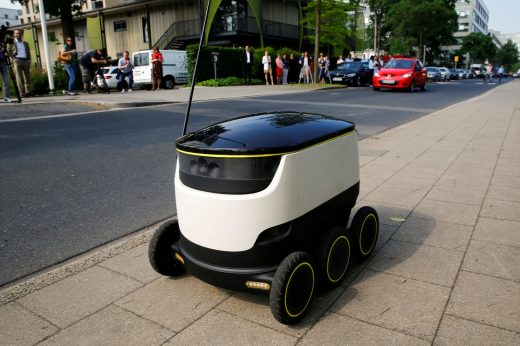After Math: Eat your heart out, Soundgarden
From the first direct images of a black hole and a nearly-successful private moon landing to self-healing exosuits and self-retrieving rockets, read on for the top stories from what’s been a stellar week for space science!
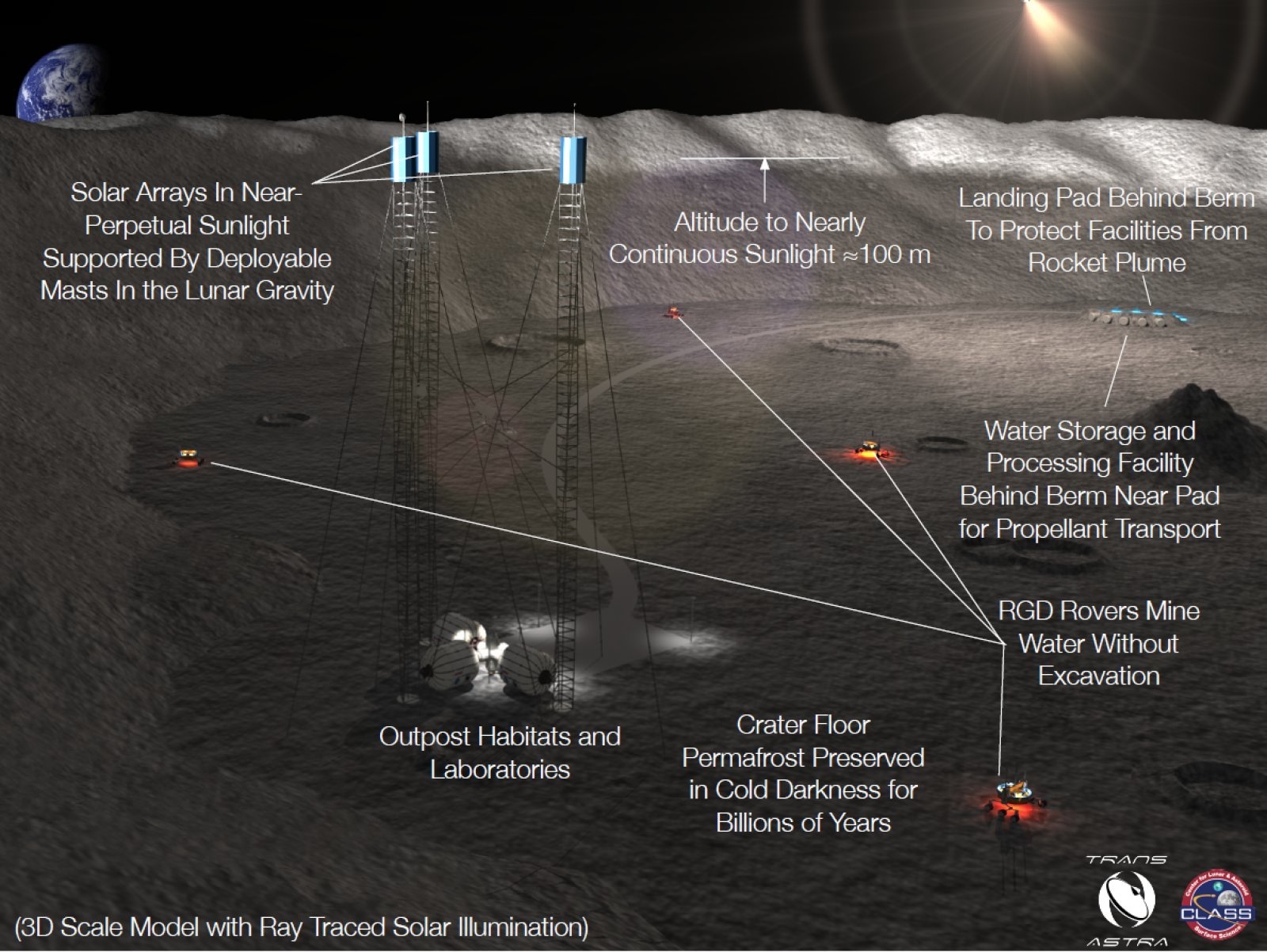
Self-healing space suits among 18 ideas to receive NASA funding
If the recent cancellation of what would have been the first all-women space walk showed us anything, it’s that we desperately need spacesuits designed for (and in) the 21st century. NASA agrees and announced this week that it is awarding funding to universities to help develop the critical technologies we’ll need to explore the moon and beyond.
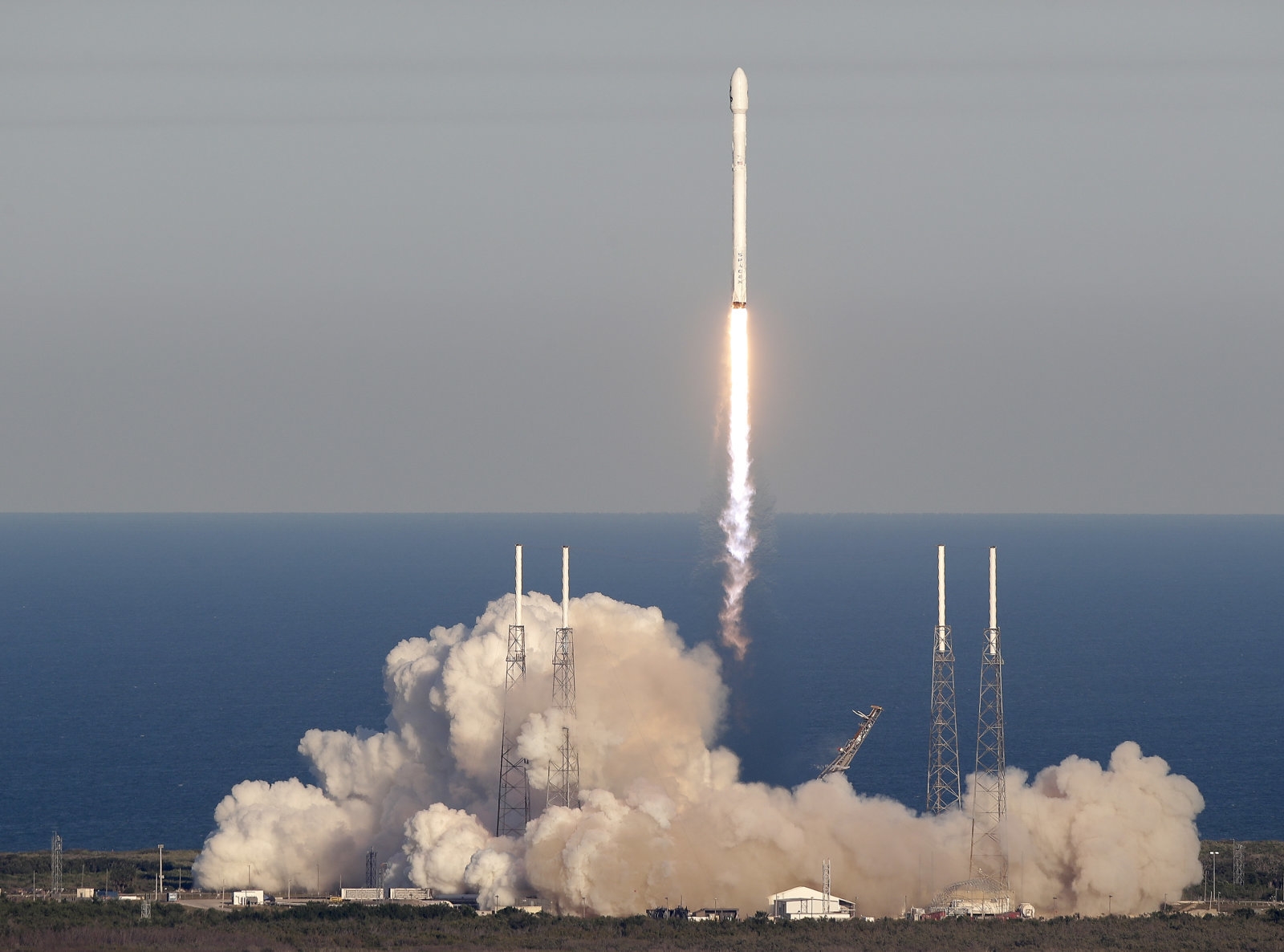
SpaceX will assist NASA’s first-ever mission to redirect an asteroid
Since we can’t very well expect Bruce Willis and his crack team of oil drillers to jet off into space every time we have a planet-killing asteroid coming this way, NASA is working on more effective ways of nudging incoming space debris out of our orbital path. And SpaceX plans to give them a hand come 2021.
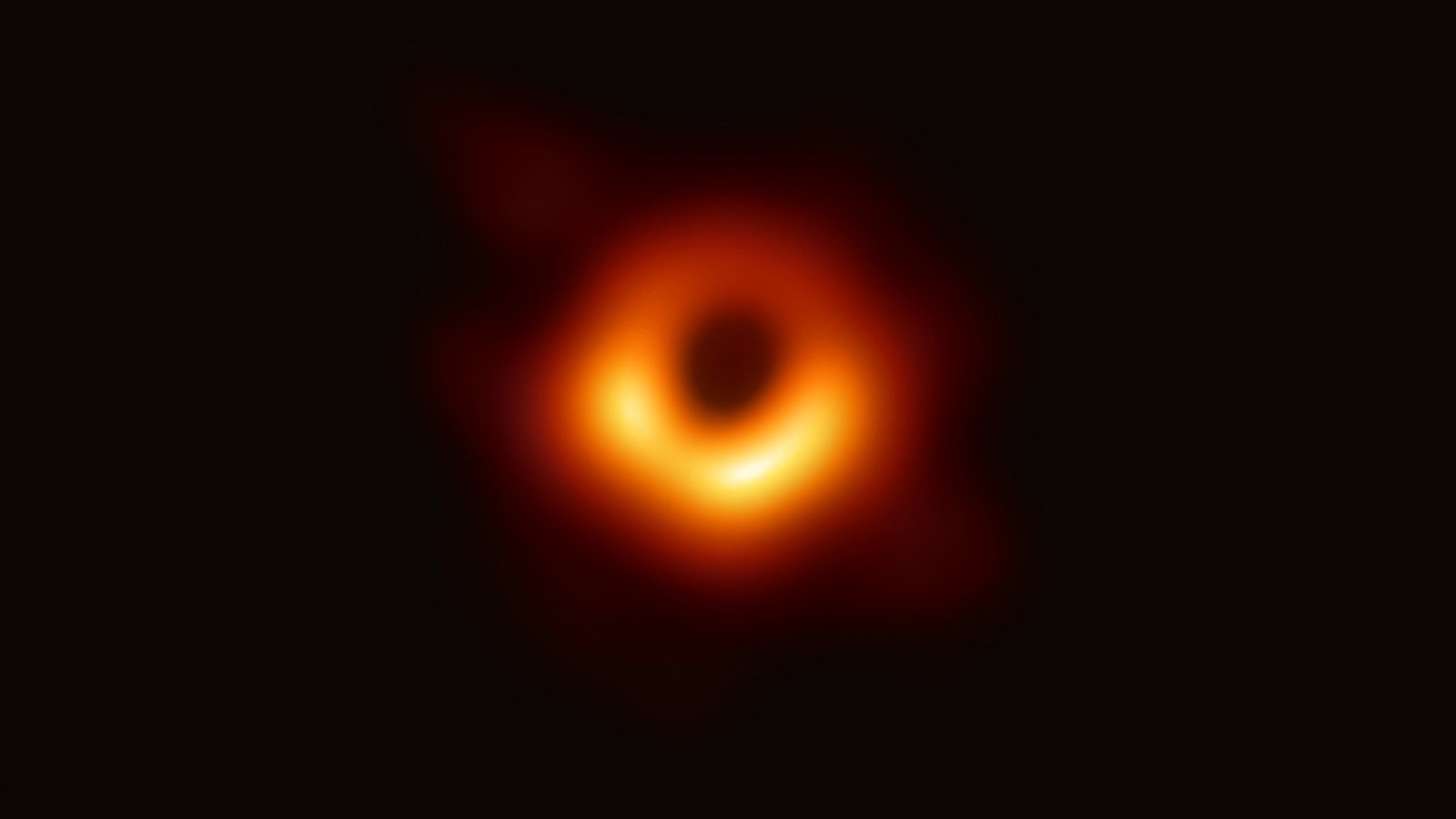
This is the first real picture of a black hole
Move along, nothing to see here, just the first real photograph of a black hole — something that no human in the history of the universe had ever seen before this week.
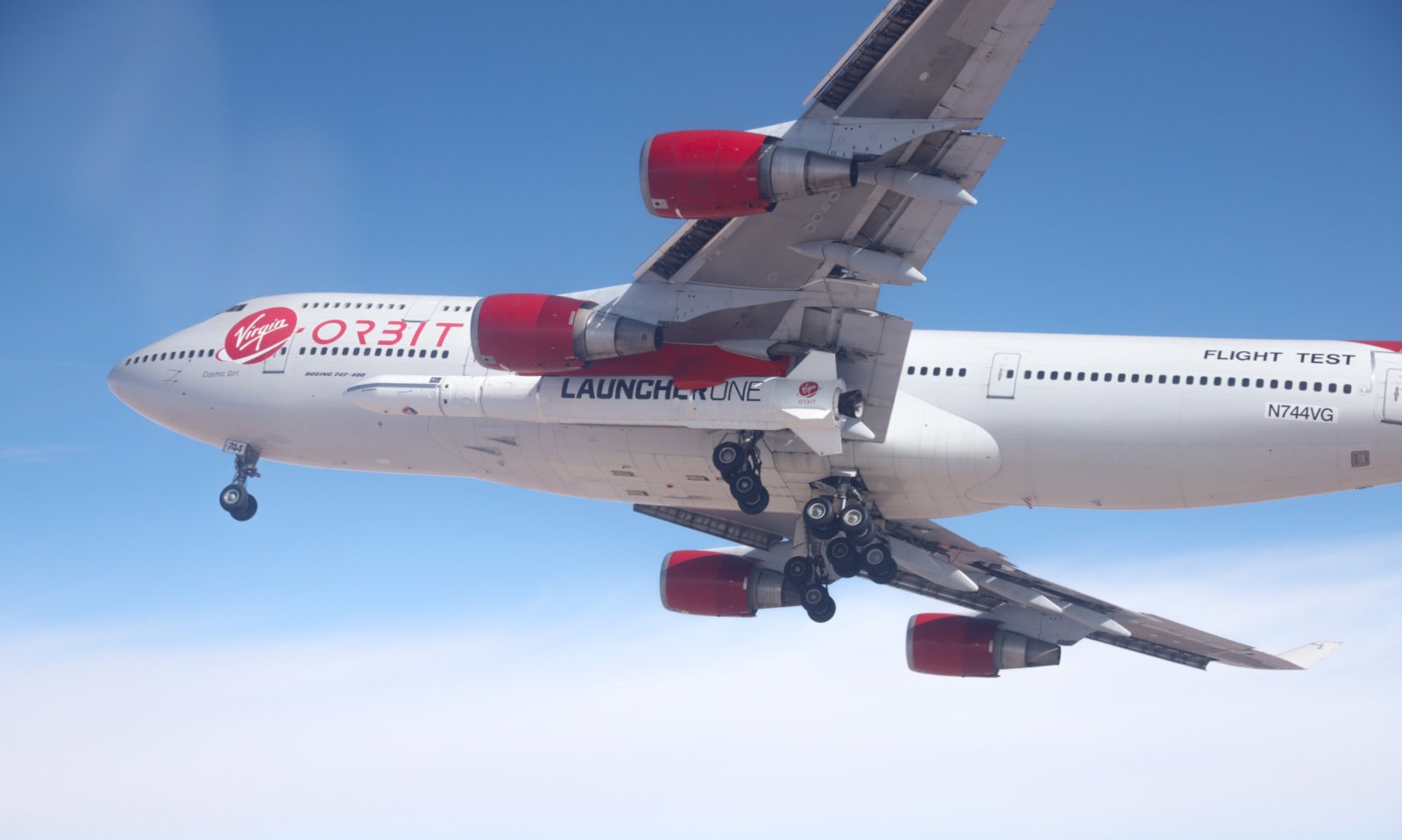
Virgin Orbit will launch satellites from Guam
It’s not quite the headline grabber as its Galactic counterpart but Virgin Orbit performs a vital service. Specifically, the company uses a modified 747 to air launch satellites into space. And what better place to do that than Guam, which sits extremely close to the equator?
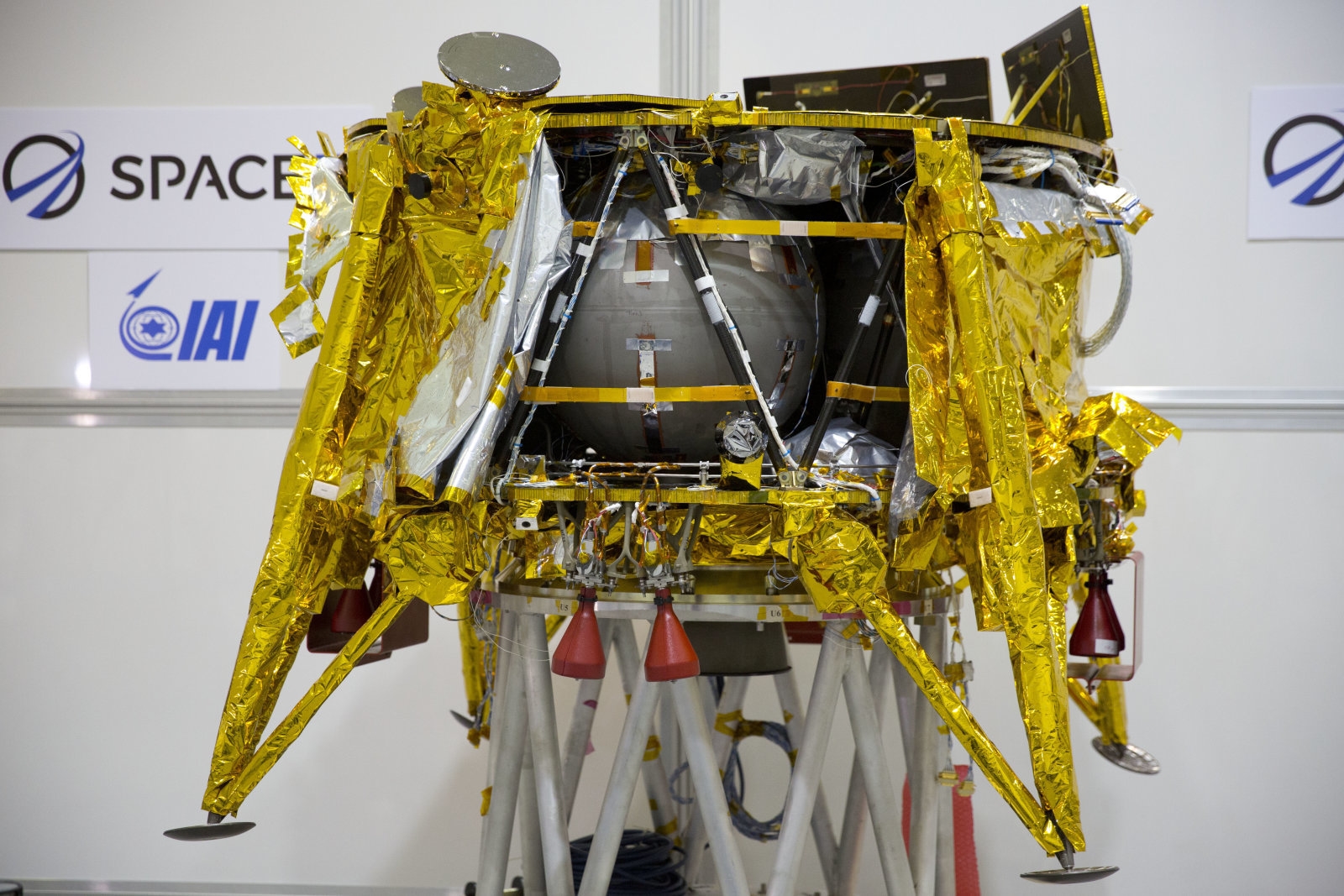
Privately-owned Moon lander crashes in historic attempt
The phrase “so close and yet so far” not one you’re going to want to say to the SpaceIL team in the any time soon. They had the world’s first privately-owned lunar landing practically in the bag but just couldn’t stick the landing. Now they’re out of a $100 million spacecraft.
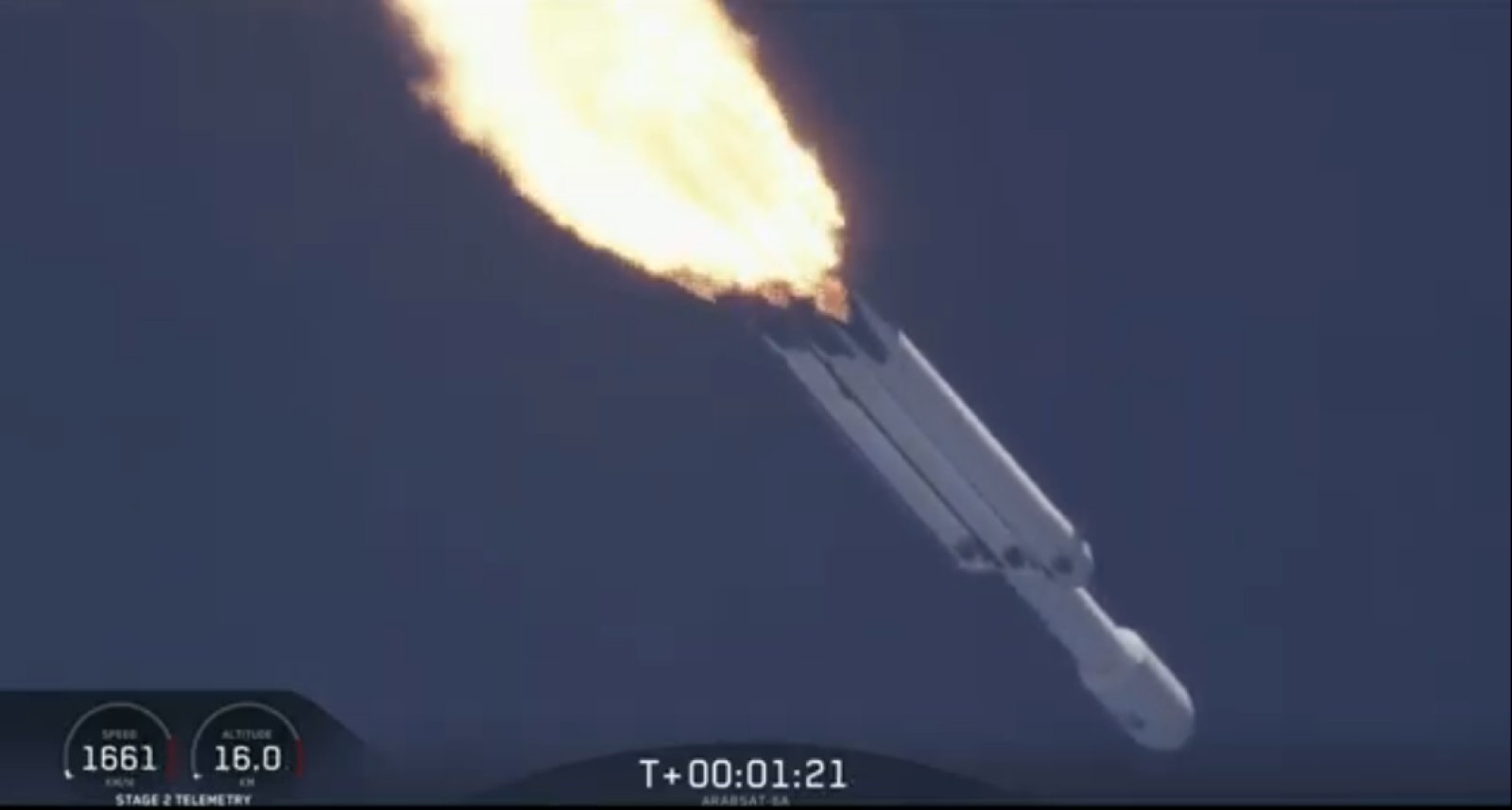
Falcon Heavy successfully completes triple-booster landing
Elon Musk may not know how to be a responsible adult on the internet but hot damn can his company land some rockets. This week the most recent Falcon Heavy launch saw the dual side boosters and central core all come to rest on their designated floating platforms. That’s three for three!
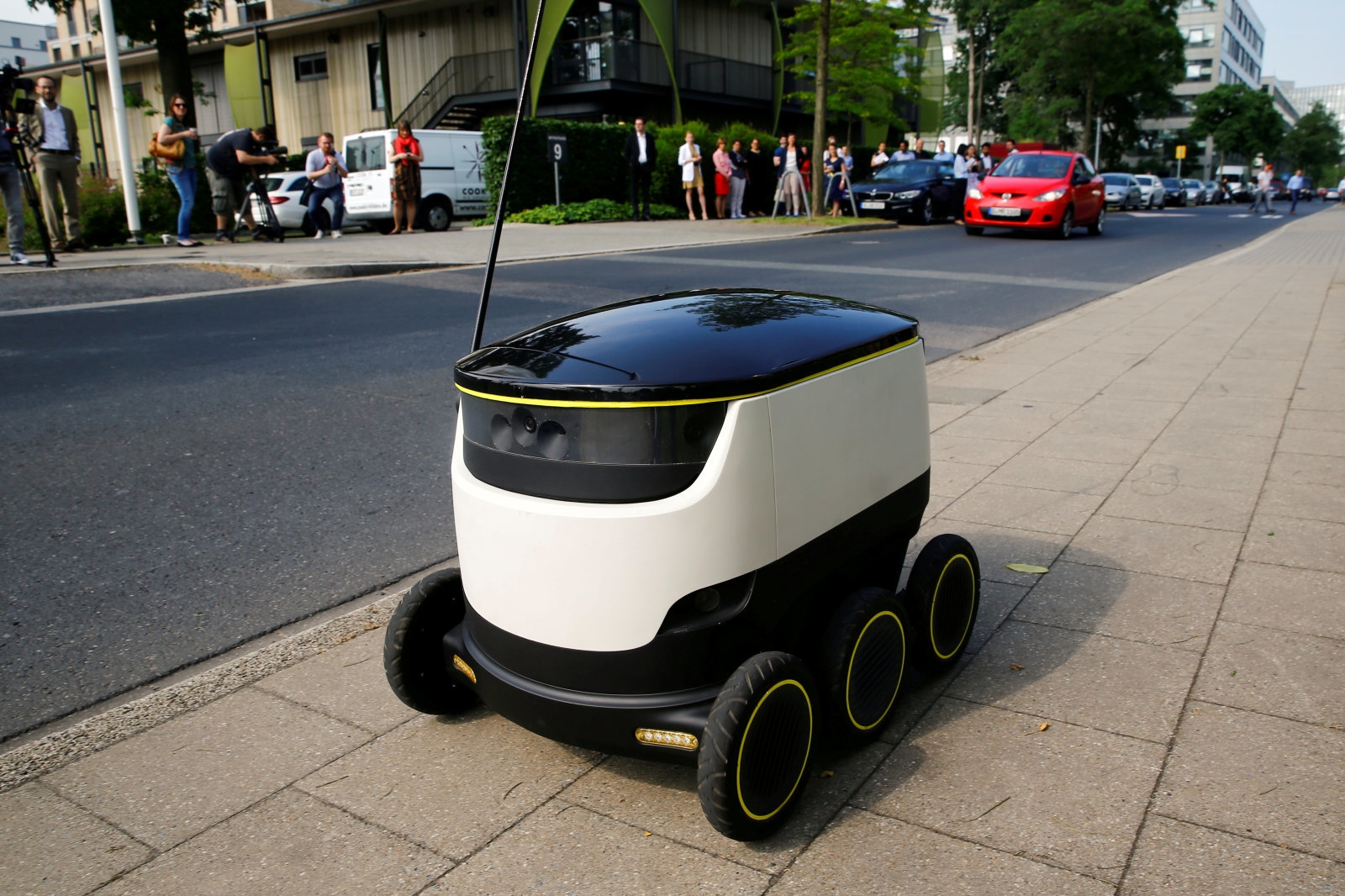
Starship’s robo-couriers have completed 50,000 deliveries
Starship’s delivery robots won’t be making it to orbit in the foreseeable future but given how quickly the company is expanding its service, one might pop up at your front door before you know it. And that’s how their revolution begins.
(20)

